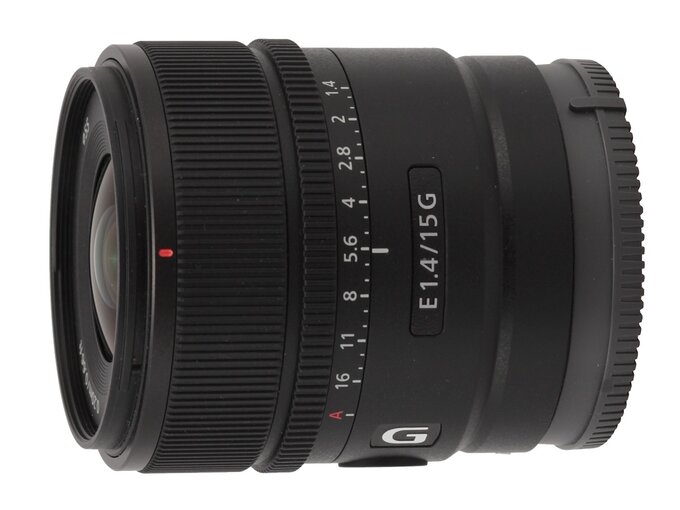Sony E 15 mm f/1.4 G
1. Introduction
There's just one condition to achieve that much – you have to treat that system seriously. Believe it or not, it is a problem. At the beginning of the digital era Nikon tried to do that but only because they had no choice, being left without any access to bigger sensors. When they got that access they dropped the DX system developpment in no time without any regrets.
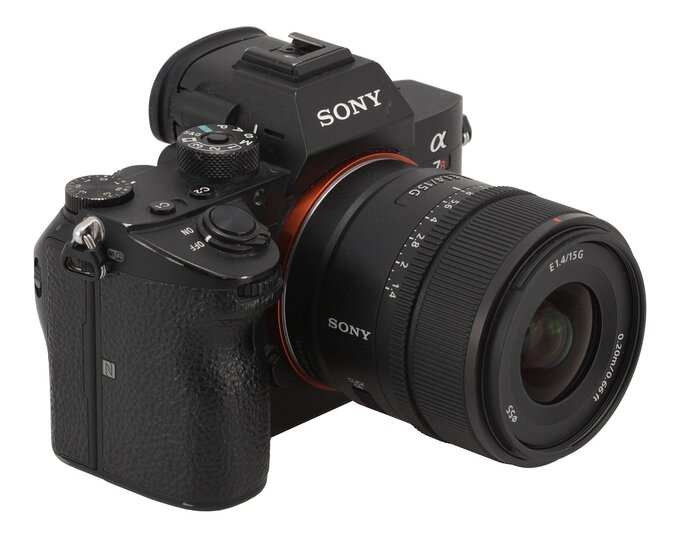 |
Please Support UsIf you enjoy our reviews and articles, and you want us to continue our work please, support our website by donating through PayPal. The funds are going to be used for paying our editorial team, renting servers, and equipping our testing studio; only that way we will be able to continue providing you interesting content for free. |
- - - - - - - - - - - - - - - - - - - - - - - - - - - - - - - - - - - - - - - - - - - - - - - -
Pentax has never occupied a leading position on the market and Sony, like Canon, tended to focus more on full frame than on APS-C.
With the launch of mirrorless devices a light appeared at the end of the tunnel – or even two lights. In May 2010 Sony showed their newest cameras without a mirror but with the APS-C sensor, the NEX-3 and the NEX-5 models. One year later, their line-up was enlarged by the simpler NEX-3N and the most advanced NEX-7. The new system needed new lenses and these started to appear like mushrooms after rain. Only in 2010-2013 there were as many as 15 new launches of Sony E lenses. It was an enjoyable trend but different killjoys could carp about the fact that these were mainly zoom devices and the primes among them weren't especially impressive when it came to aperture fastness. After all a sensor smaller than full frame encourages you to construct f/1.0-1.2 instruments whereas the fastest Sony lens, showed in that period of time, had a maximum relative aperture of just f/1.8.
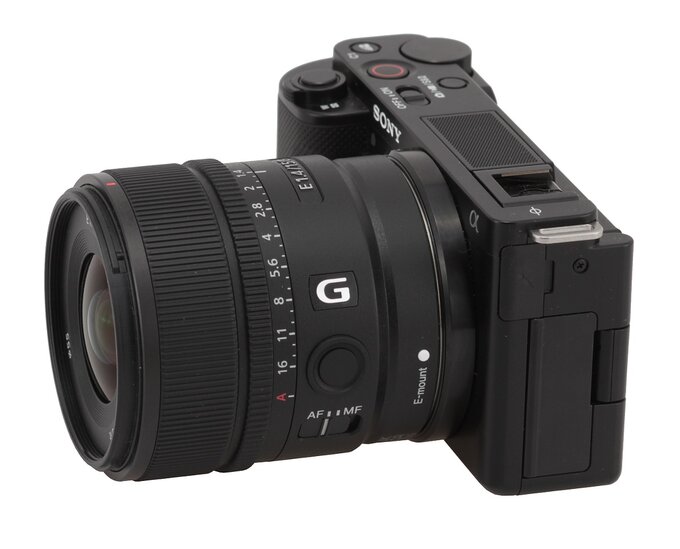 |
We had to wait till August 2019 for something really interesting – like two zoom lenses from the G series, the Sony E 16-55 mm f/2.8 G and the Sony E 70-350 mm f/4.5-6.3 G OSS.
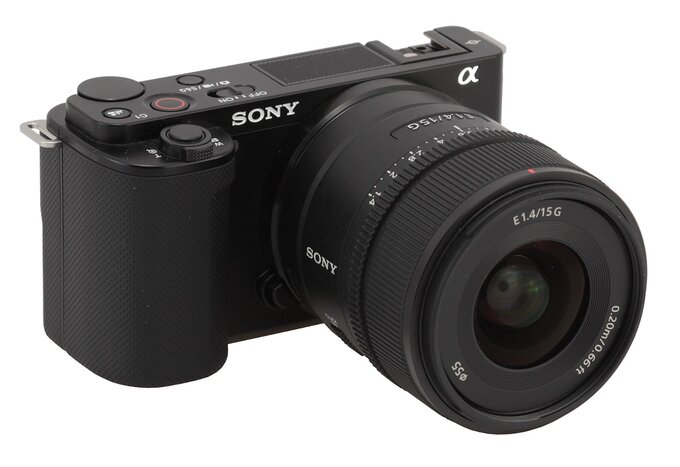 |
I suppose just because of that many people stopped counting on any serious launches of Sony E lenses. And on 1st June 2022 they were very nicely surprised. Sony made their fans a great gift on Children's Day, by presenting three new models designed for smaller sensors – the E PZ 10-20 mm f/4G, the E 15 mm f/1.4G, and the E 11 mm f/1.8.
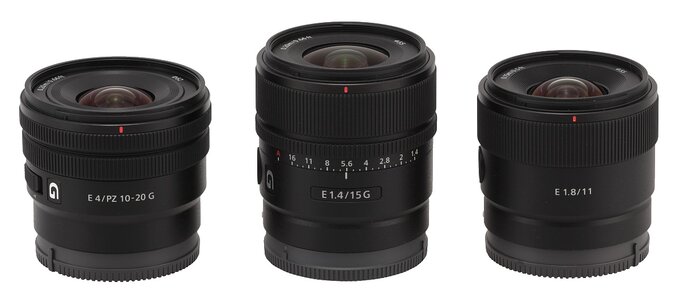 |
Our joy was twofold: not only we got so many excellent new launches but also Sony proved that they still treat the APS-C system seriously, and they intended to develop it, with new launches of both cameras and lenses hovering on the horizon. What's more, the lenses equipped with the final software managed to find the way to our editorial office even before their official launch and we could test them thoroughly. How that faster model of these two, the Sony E 15 mm f/1.4G, fared in our test? The answer you'll find in the following chapters – enjoy your lecture!
You are also invited to get acquainted with our test procedure, described in the article "How do we test lenses?" If you feel it’s still not enough, please go to our FAQ section where you can find some further explanation.




